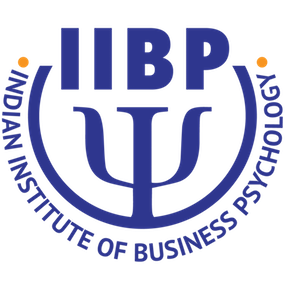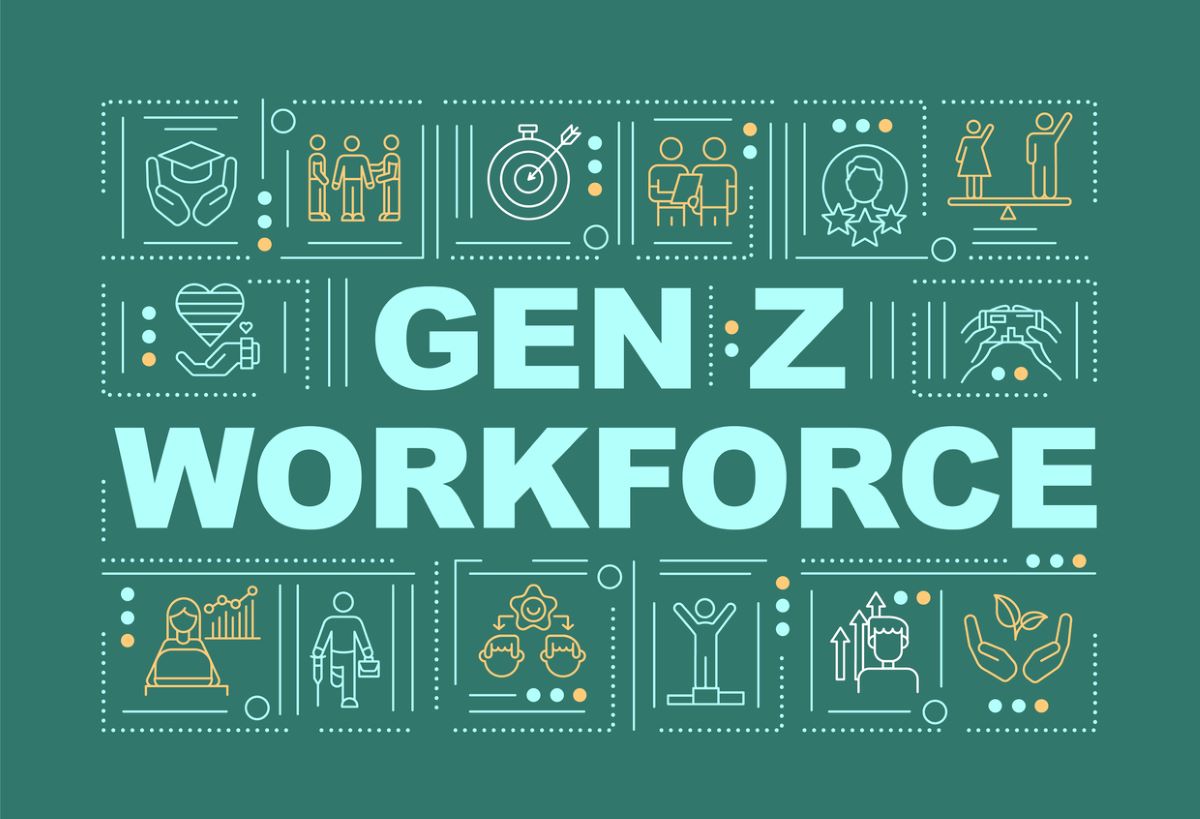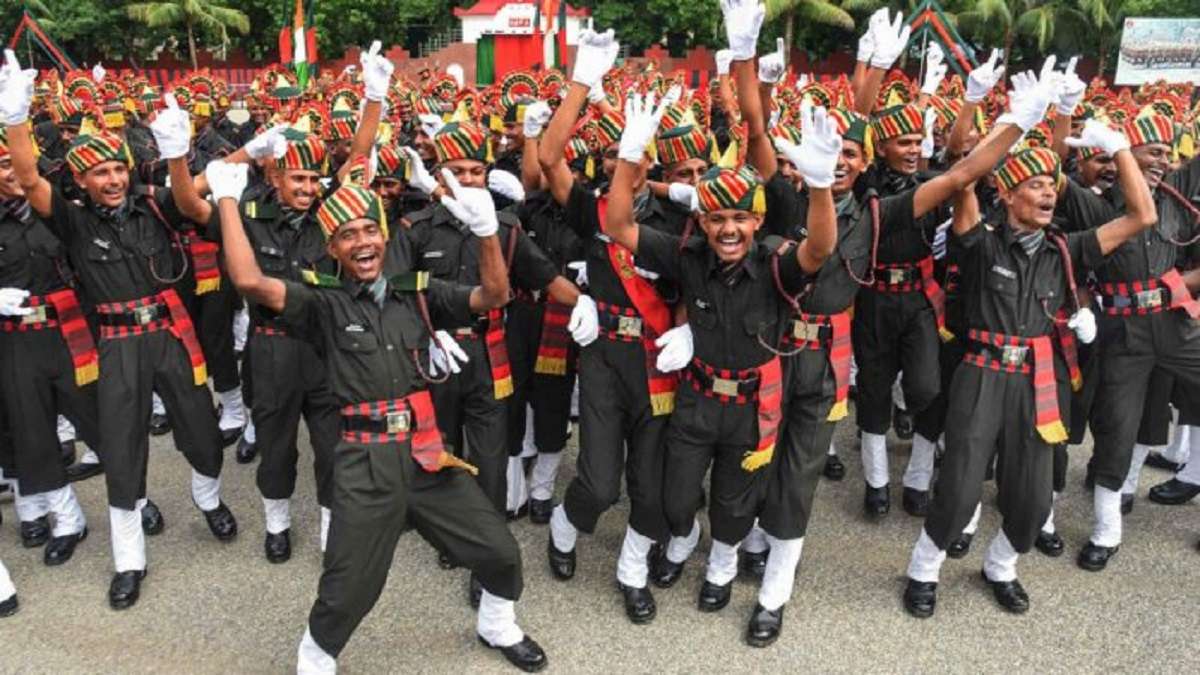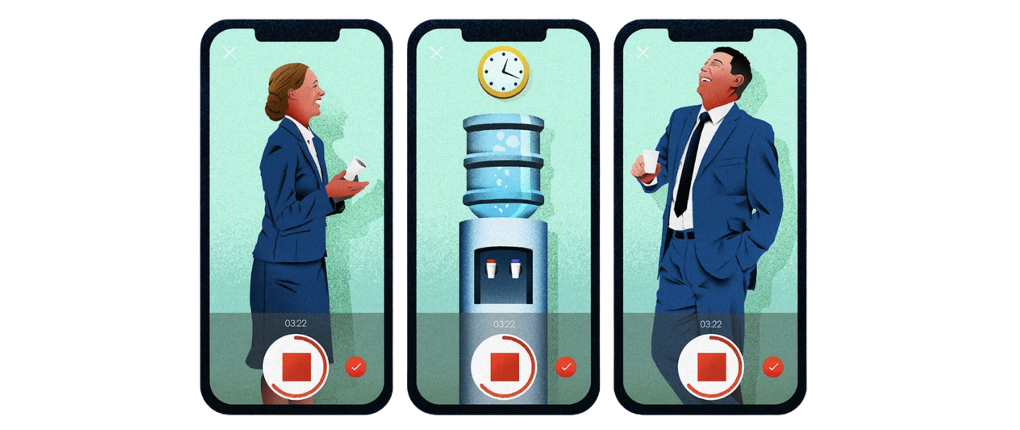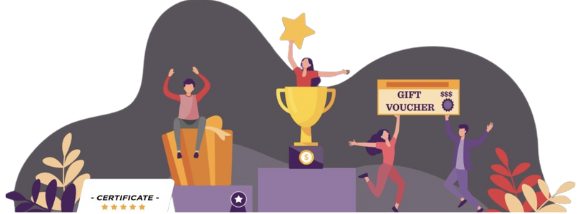The word “mentor” comes from the character Mentor in Homer’s Odyssey. With time, the word mentor has been used to refer to someone who is a guide and educator and the notion of mentorship has always been used in positive connotations. The definition of a mentoring relation has been expanded to a “professional, working alliance in which individuals work together …
Humour and Diversity: Bridging Gaps in Multicultural Teams
In today’s globalized world, workplaces are increasingly diverse, uniting individuals from different cultures and perspectives. While diversity fosters creativity and innovation, it can also pose communication challenges. Humour, an often-overlooked tool, helps bridge these gaps by lightening the mood, strengthening relationships, and fostering harmony in multicultural teams. Humour is deeply ingrained in Indian culture, from chaiwalas cracking jokes with office …
Shared Laughter and Stronger Bonds: Bridging Gaps for Multigenerational Team Cohesion and Collaboration
In the context of emerging technological shifts and evolving employee expectations, today’s business highlights generational differences in their workforce, where humor remains a timeless, powerful tool for strengthening relationships and building a sense of oneness. Each organization has its unique humor and quirky phases that are regularly used. Whether it’s a Baby Boomer recalling a fax machine mishap or a …
Work-Life Integration: Women Innovating Organizational Policies for Better Balance
The way we think about balancing work and personal life has changed. Instead of keeping them strictly separate, many now see them as interconnected—an approach known as work-life integration. This shift has been especially meaningful for women, who often juggle multiple roles due to both workplace expectations and societal norms. Research in Industrial-Organizational (I/O) Psychology shows that companies thrive when …
Overcoming Imposter Syndrome in Women Leaders
Imposter syndrome is not just a whisper of insecurity in a woman’s mind—it is an echo of centuries-old biases, a consequence of structures that were never built for her. It is not a personal flaw but a cultural artifact, passed down through unspoken expectations, systemic inequities, and the quiet erosion of self-belief. From childhood, women are taught to be humble, …
Hearts at Work: Examining the Implications of Romantic Relationships in Professional Settings
Romantic relationships in the workplace have become an increasingly prevalent phenomenon, owing to the substantial amount of time employees spend together and the shared challenges they navigate. According to Forbes Advisor, 2023; approximately 40-60% of all professionals will have atleast one relationship during their careers, and the majority of those relationships will go the distance to long-term commitments, such as …
Motivation and Organizational Commitment in the Indian Army: The Role of Rewards, Recognition, and Patriotism
The Indian Army is esteemed for its discipline, professionalism, and dedication to the country. But what keeps its personnel motivated and committed to their assignments, even in the face of extreme challenges? Three crucial aspects underpin this constant commitment: incentives, recognition, and patriotism. Let’s take a deeper look at how these characteristics influence the Indian Army’s motivation and loyalty to …
Influencer Culture at Work: The Rise of the “Workfluencer” and Personal Branding on LinkedIn
LinkedIn, initially designed for job hunting and professional networking, has significantly evolved. T oday, it is a hub for content creators aspiring to share expertise, cultivate loyal followings, and establish personal brands. It has become a place to be visible and showcase oneself professionally. The value of standing out in a competitive job market is undeniable—both for job seekers aiming …
The “Quiet Quitting” Phenomenon: Is Disengagement on the Rise?
Quiet Quitting, a pervasive phenomenon, refers to completing the bare minimum requirements of one’s job and the task given and putting less effort, time, and enthusiasm than necessary. Here, the employees fulfill their responsibilities, stay in their positions, and receive compensation but are less willing to engage in citizenship behavior such as helping colleagues, volunteering for extra tasks, or contributing …
Festive Rewards and Employee Motivation: Tailored Incentives to Boost Morale
“The deepest principle in human nature is the craving to be appreciated.” – William James The desire to feel appreciated, recognized, and rewarded is a fundamental human need. In the workplace, appreciation plays a crucial role in boosting morale and and motivating employees. A successful business hinges on its ability to attract, retain, and nurture talented employees. Achieving this requires …
